
Ship Design & Construction: Laurie Balan, COO, Genoa Design
on your responsibilities today at Genoa Design International?I've spent the majority of my career, over 20 years now, in shipbuilding, primarily in Canada. That's where we've seen a significant resurgence of ship design and shipbuilding over the last couple of decades. I graduated from Memorial University in Newfoundland & Labrador as a mechanical engineer, and I thought at the time I was going to spend my career in the offshore oil and gas industry because it was booming at the time. After a short stint overseas, I returned to the Atlantic provinces and was introduced to the working
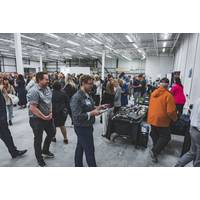
Technology Time - Newfoundland & Labrador Style
lifeboats, fast-response craft and ice management, offering hands-on and realistic training. The harsh environment of the North Atlantic builds the confidence and competence of seafarers, explained President and CEO Randy Billard. Partnering with the National Research Council of Canada and Memorial University of Newfoundland builds expertise for multiple markets, including defense, oil and gas, as well as shipping. Looking ahead, Billard foresees an increasingly digital world requiring technology access anytime, anywhere. “Maritime businesses will have to formulate solutions that can be accessed
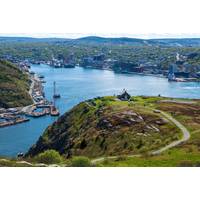
Spaces & Places: Inside the ‘Crown Jewels’ of Newfoundland & Labrador
;t deal with [our unique] operational challenges, the reality of our conditions: this mixture of weather, ice, sea state and isolation, as well as the variability and quick change in the weather patterns here,” explained Chris Hearn, director of the Centre for Marine Simulation at Memorial University of Newfoundland (MUN). “When you live in a harsh environment, you have limited resources and you’re isolated, you have to be really good at coming up with solutions and problem solving on demand,” added Meagan Kay-Fowlow, president of the Co. Innovation Centre. “You don&rsquo

FET Secures ROV Supply Contract for Ocean Research Facility
which are suited to underwater industry applications,” said Kevin Taylor, FET’s Vice President – KMS and Subsea Robotics.The ROV will be manufactured at FET’s UK facility at Kirkbymoorside, North Yorkshire.The agreement comes shortly after FET provided an ROV to the Memorial University of Newfoundland for similar purposes
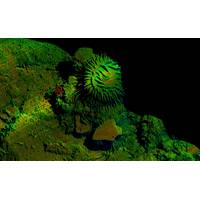
Voyis Provides Subsea Tech for Galápagos Coral Expedition
Canadian underwater technology company Voyis has worked on a scientific expedition with Memorial University of Newfoundland in the Galápagos Islands, exploring and documenting the enigmatic world of cold-water coral ecosystem.The expedition, led by Chief Scientist Katleen Robert, was funded by Schmidt Ocean Institute, and also included the participation of the Charles Darwin Foundation and the Galápagos National Park.The Galápagos Islands, renowned for their unique biodiversity, are home to a multitude of cold-water corals, including those residing in vertical habitats.Taking
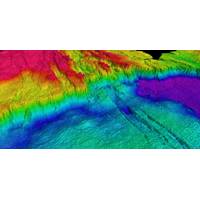
DISCOVERY: High-Res Mapping Tech Helps Find New Hydrothermal Vent Field
technologies not often used in scientific exploration. The discovery marks the second hydrothermal vent field in the Ocean around the Galapagos Islands found by scientific teams on board the Schmidt Ocean Institute expedition this year.During the expedition, led by Dr. John Jamieson of Memorial University of Newfoundland, Canada, researchers attached two high-resolution mapping technologies to an ROV; an M3 Sonar and Interferometric Synthetic Aperture Sonar (InSAS). The technologies were used in tandem to create highly detailed seafloor maps with up to 3-centimeter resolution. For comparison, the best
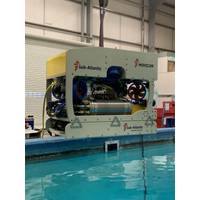
FET Observation-class ROV for Memorial University
Forum Energy Technologies (FET) secured a contract from the Memorial University of Newfoundland to supply an electric observation-class remotely operated vehicle (ROV) to its Fisheries and Marine Institute (MI), School of Ocean Technology.The primary function of the Sub-Atlantic Mohican ROV system will be to support ocean research, while it will also be used for pilot technician training. For ocean research operations, the ROV will be required to carry a payload skid for navigation, equipment and sensors, as well as be capable of manipulation and intervention.The Mohican is equipped for inspection
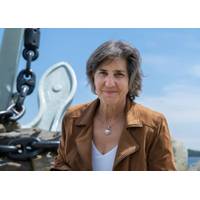
Happy to be Blue
at Dalhousie University. As the bright sky shone through her office window and the waters of Halifax Harbor glimmered through the tree line, blue seemed to be even more inspiring. OFI, based on Dalhousie’s campus, is an interdisciplinary research partnership between the university, Memorial University of Newfoundland (MUN) and the University of Prince Edward Island. As the climate warms and scientists race to better understand the role of oceans, Waite’s position is an impactful one, thanks to critical knowledge and a lifetime of exploration.A native Nova Scotian, she grew up curious and

ASL Hires Chawarski as Biological Oceanographer
effects of marine protected areas (MPAs) on the recovery of groundfish stocks in the Gulf of Maine. He trained in acoustic analysis and provided new insights into the spatial distribution of herring spawning in inshore waters of Maine. Soon after completing his Masters, Chawarski attended Memorial University of Newfoundland where he is currently completing his doctorate in Fisheries Science.His work over the last several years has focused on a range of topics including mesopelagic and Arctic fisheries. Before joining ASL he’s worked with industry, government and non-profit groups such as the Fish
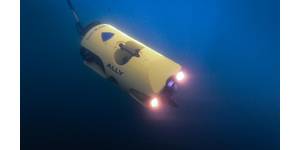
 February 2025
February 2025





